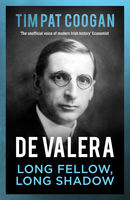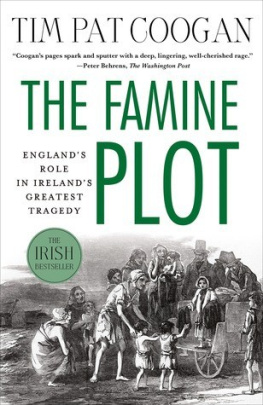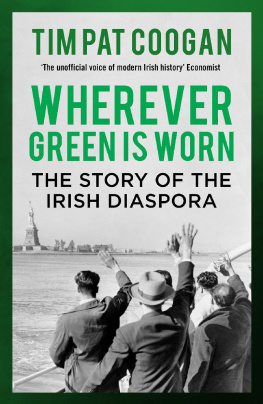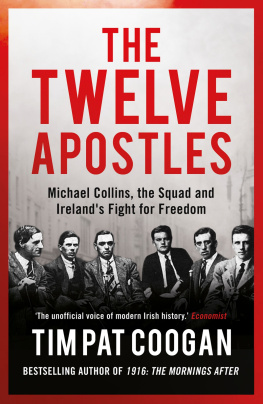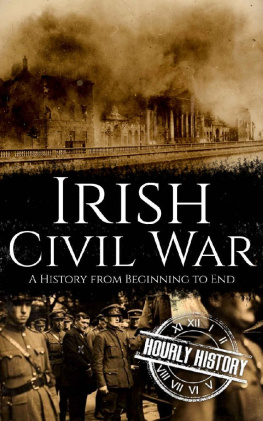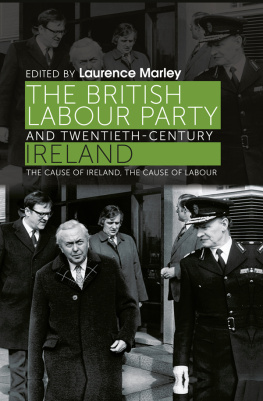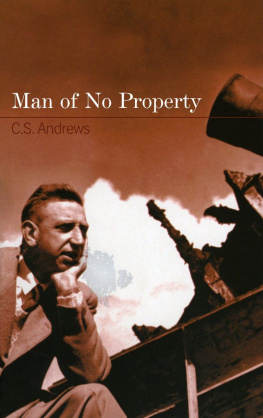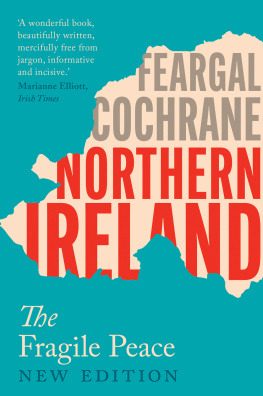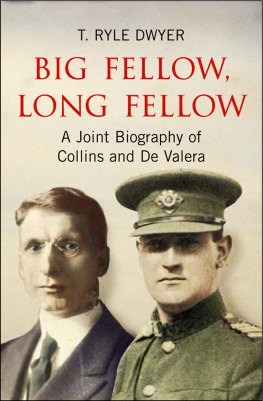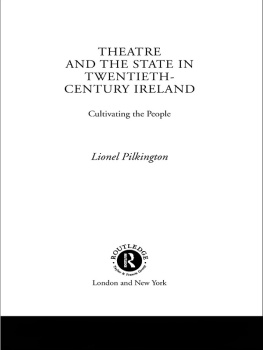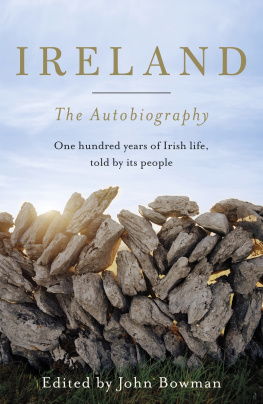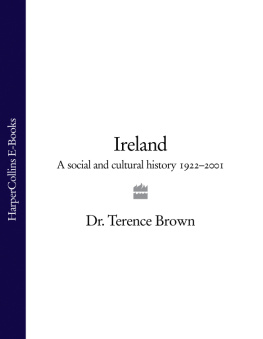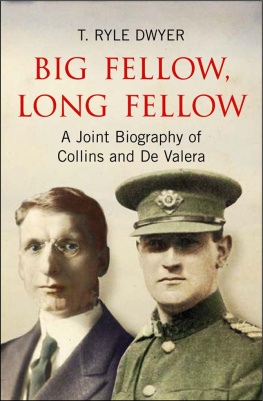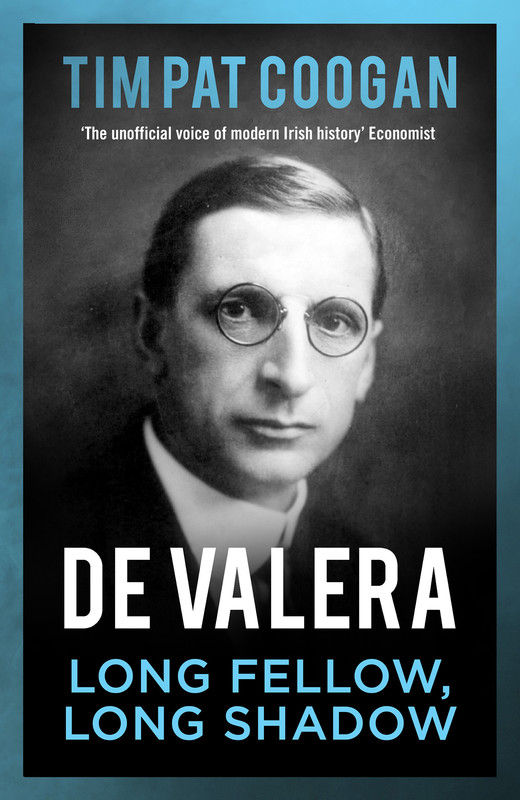

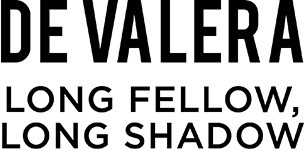
Start Reading
About De Valera
About Tim Pat Coogan
Reviews
Also by Tim Pat Coogan
Table of Contents
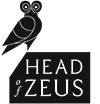
www.headofzeus.com
For Barbara and Mabel
Contents
Cover
Welcome Page
Dedication
Prologue
Chapter 1: The Harsh Reality of a Nursery
Chapter 2: Marriage Through the Medium
Chapter 3: Taking the Oath
Chapter 4: Well Go Ahead with Connolly
Chapter 5: Bearding the Bishops
Chapter 6: From Lincoln Towards the White House
Chapter 7: Priomh Aire Meets Gallowglass
Chapter 8: The War from the Waldorf
Chapter 9: If They Proceed Wisely
Chapter 10: The Long Hoor v. Collins
Chapter 11: Saorstat v. Phoblacht
Chapter 12: The Cute Hoor Triumphant
Chapter 13: The Scapegoats Go Forth
Chapter 14: A Telephone Call Not Taken
Chapter 15: Every Means in Our Power
Chapter 16: Binoculars and Beal na mBlath
Chapter 17: Publicity Before All
Chapter 18: The Warriors of Destiny
Chapter 19: De Valeras Decade
Chapter 20: Pulling a Stroke
Chapter 21: De Valera Stands Tall
Chapter 22: The Unique Dictator
Chapter 23: Making for Ports, Via the Kitchens
Chapter 24: Blind Courage
Chapter 25: Gray Amidst the Greenery
Chapter 26: In the Eye of the Storm
Chapter 27: Many Shades of Gray
Chapter 28: Getting de Valera on the Record
Chapter 29: Harsh Justice
Chapter 30: De Valera Clings On, and On
Chapter 31: When Bishops Were Bishops
Chapter 32: Borne Down by What Bore Him Up
Chapter 33: The Summing-Up
Preview
Acknowledgements
Chronology
Notes
Appendix I: Articles of the Agreement as Signed on December 6th 1921
Appendix II: Document Number Two
Appendix III: Letter to Patrick Kennedy in Dept of the Taoiseach
Bibliography
Index
About De Valera
Reviews
About Tim Pat Coogan
Also by Tim Pat Coogan
An Invitation from the Publisher
Copyright
Prologue
ALTHOUGH HE DIED in 1975, Eamon de Valera, generally known as either Dev. or the Long Fellow, cast a long shadow that still falls over Irish life. Quite simply the history of Ireland for much of the twentieth century is the history of de Valera. As befitted a man who sometimes seemed to model his actions on the Roman Catholic doctrine of Three Divine Persons in One God, his tangible legacies are three also: the Irish Constitution; the largest Irish political party, Fianna Fail; and the second largest Irish newspaper empire, the Irish Press Group, founded, as was so much of his political strength, on Irish America. His intangible influences can still be traced in the divisions between the leading Irish political parties, Fianna Fail and Fine Gael, and in attitudes towards Northern Ireland, ChurchState relationships, the role of women in Irish society, the Irish language and the whole concept of an Irish nation. Any one of his visible creations would have been an achievement beyond the powers of most men. The three, taken together, must be accounted a rare feat indeed.
But it is perhaps in his intangible legacies that Eamon de Valeras real influence lies. The lay pontiff, the man of politics and of God, Eamon de Valera was the epitome of a land where Christ and Caesar were hand in glove. It was on his hand that the glove fitted; his hand, which, as a result, held the reins of power longer even than contemporaries such as Roosevelt, Salazar or Stalin. Yet this was not the end of his significance. In de Valeras career lies the explanation of such contemporary Irish complexities as the relationship between constitutionalism and physical force, and the ambivalence of some politicians towards violence and Northern Ireland. Approaches to education, economic planning and family law can still be measured by, with or from his policies.
Was he a Lincoln or a Machiavelli? A saint or a charlatan? A man of peace, or one who incited young men to hatred and violence? Did he seek to heal or worsen the wounds that the Irish and the English inflicted (and inflict) on each other? Was he a revolutionary or a conservative? An unscrupulous manipulator or a nice guy? The truth is that in a sense the answer to all these questions is Yes. Eamon de Valera was a law-giver who helped to bring down a civil war on the heads of his people; a revolutionary who kept his country neutral in World War II. As a result of his neutrality policy Ireland was spared the horrors of war. But his playing of the Green card of nationalism also helped to create the circumstances wherein, decades later, many young Irish emigrants found themselves denied a green card. De Valera was born in America. The money he raised from Irish emigrants helped to found and fund his Irish Press. Yet Roosevelt, who had helped him to secure these monies, became enraged at him. By the time the war was over the American Minister in Dublin, a connection of Roosevelts, was persona non grata with de Valera and his Cabinet.
De Valera was a world figure who attempted to confine his disciples to the narrowest of cultural and intellectual horizons. Many of the challenges he confronted are still troubling the peace of Ireland and of England, disturbing relationships from Belfast to Birmingham to Boston. Some of the vexing questions of the moment are directly traceable to him: the effect of part of the Irish Constitution on Northern Irelands Unionists; his philosophy of talking about God and the High Destiny of the Gael while practising realpolitik gave him control of the Irish Press and of Fianna Fail. But ownership has involved his descendants in the newspaper in some very unfortunate court proceedings. And in politics, some of those who came after him in Fianna Fail sought to profit from their opportunities by acting in ways which have spawned scandals, given rise to government inquiries, wrecked Cabinets and interfered with Irelands ability to handle a devaluation crisis. Paradigms of modern Ireland, both the newspaper and political sagas are still evolving at the time of writing.
Dev. was the greatest political mover and shaker of post-revolutionary Ireland. His towering figure continues to cast shadows that are both benign and baleful. Therefore, as a biographer, I have been conscious of two linked and major problems in the course of attempting to chart the career of this extraordinary man: first, to convey a sense of his importance to Ireland and her relationships with Great Britain, America and the members of the British Commonwealth; second, while so doing to steer between the Scylla of hagiography and the Charybdis of denigration. Practically everything of substance written about him falls into one category or the other. There is no via media where Eamon de Valera is concerned. The problem is compounded by the fact that not only did de Valera shape history, he attempted to write it also or, more correctly, to have it set down as he ordained. I have tried to evaluate him neither as a demon nor as a plaster saint, but as what he was: for better or worse, the most important Irish leader of the twentieth century. Doubtless my approach will leave me open to attack from both denigrators and hagiographers. Attempting a biography of Eamon de Valera, is, for an Irishman, somewhat like an Iranian sitting down to write about the Ayatollah Khomeini. Uneasy visions of Salman Rushdie occur. Nevertheless, though the reader may fault me for want of pietas, critical faculty or honest omission, I hope that I cannot be assailed on the grounds of fairness.
Next page
